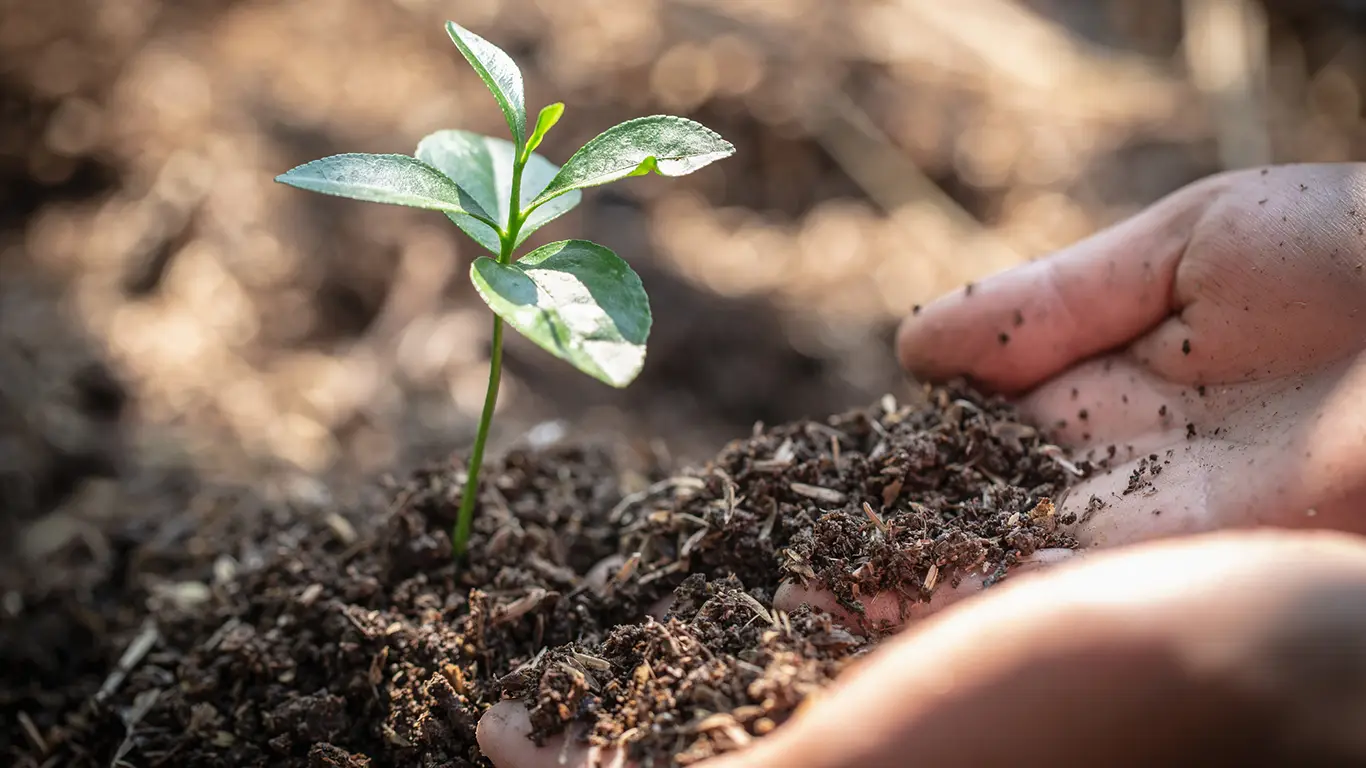By Anna Lexxy Mbucho
In an era marked by the growing threat of climate change, the importance of re-afforestation cannot be overstated. Re-afforestation is not merely the act of planting trees; it represents a powerful climate solution that can help combat the effects of global warming, restore ecosystems, and promote biodiversity. In this blog post, we will delve into the science behind the remarkable role that trees play in sequestering carbon dioxide and mitigating climate change. We will also explore the specific re-afforestation projects undertaken by Sustainability Pathways and their profound impact on the environment.
The carbon sequestration marvel
At the heart of re-afforestation’s significance is its ability to act as a carbon sink. Trees, in their remarkable process of photosynthesis, absorb carbon dioxide from the atmosphere and convert it into biomass. This means that trees not only provide us with oxygen, a vital component for human survival, but they also serve as a natural mechanism for removing carbon dioxide, a major greenhouse gas responsible for global warming.
The importance of carbon sequestration cannot be emphasized enough in the context of climate change. With the burning of fossil fuels and deforestation contributing to the increasing levels of carbon dioxide in the atmosphere, re-afforestation acts as a counterbalance, helping to offset these emissions. Sustainability Pathways recognizes this critical role and actively engages in re-afforestation projects that focus on selecting native tree species suited to local ecosystems, ensuring optimal carbon sequestration potential.
Restoring and enhancing biodiversity
Re-afforestation is not a one-dimensional solution; it is a holistic approach that has far-reaching benefits. Beyond carbon sequestration, re-afforestation efforts contribute significantly to the restoration and enhancement of biodiversity. Forests serve as habitats for countless species of plants, animals, and microorganisms, forming intricate ecosystems that rely on the presence of diverse plant life.
Sustainability Pathways places a strong emphasis on the selection of native tree species in re-afforestation projects. By choosing trees that are indigenous to the region, we promote the revival of local flora and fauna. This approach helps create a balanced ecosystem, providing homes and sustenance for a wide range of species that have been impacted by deforestation and habitat degradation.
Mitigating the effects of global warming
Global warming, driven by the excessive accumulation of greenhouse gases in the atmosphere, has far-reaching consequences, including rising temperatures, more frequent extreme weather events, and the melting of polar ice. Re-afforestation plays a pivotal role in mitigating these effects by reducing the concentration of carbon dioxide, one of the primary culprits behind global warming.
Through the re-afforestation projects initiated by Sustainability Pathways, we are not only sequestering carbon but also helping to stabilize regional and local climates. Trees act as natural air conditioners, providing shade and reducing the urban heat island effect in urban areas. They also play a crucial role in preventing soil erosion, protecting against the devastating impact of floods, and regulating water cycles.
Sustainability Pathways: A commitment to environmental stewardship
Sustainability Pathways is a shining example of an organization dedicated to environmental stewardship through re-afforestation initiatives. Our commitment to the planet is evident in our hands-on approach to re-afforestation, which goes beyond simply planting trees. We carefully select tree species that are best suited to the local environment, ensuring their long-term survival and growth.
Our re-afforestation projects are not isolated endeavors; they are deeply integrated into the communities we serve. Sustainability Pathways actively engages with residents, involving them in tree planting and care. This fosters a sense of ownership and responsibility among the community members, leading to not only healthier environments but also stronger, more connected communities.
The transformative impact of re-afforestation projects
The impact of re-afforestation projects initiated by Sustainability Pathways is both inspiring and transformative. Across regions where we have worked, we have witnessed the return of thriving forests and vibrant ecosystems. Native flora and fauna, once on the brink of decline, are making a remarkable comeback.
In addition to the ecological benefits, our re-afforestation efforts have also bolstered the resilience of communities in the face of climate change. Trees provide shade and reduce the urban heat island effect, making urban areas more livable. They prevent soil erosion, reducing the risk of landslides and floods. Furthermore, they regulate local climates, contributing to more stable and predictable weather patterns.
The ongoing journey towards a sustainable future
Re-afforestation is a potent climate solution that holds the key to a sustainable and resilient future. Sustainability Pathways, with its unwavering commitment to environmental stewardship, is at the forefront of this transformative journey. Our re-afforestation projects not only sequester carbon but also rejuvenate ecosystems, support biodiversity, and empower communities.
As we continue to navigate the challenges of a changing climate, re-afforestation remains a beacon of hope. It reminds us that nature has the power to heal itself if we provide the right conditions. Sustainability Pathways invites you to join us in this noble endeavor. Together, we can harness the power of trees and re-afforestation to create a more sustainable and harmonious world for present and future generations.

